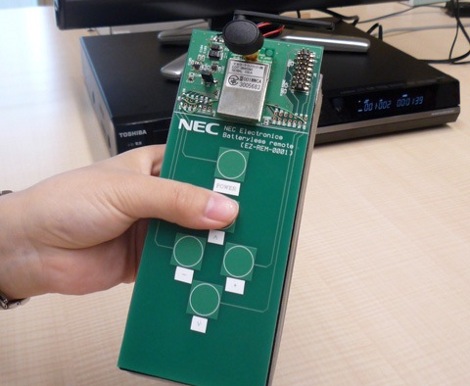
[Rockwell] sent us an update on his traffic light hacking. Dedicated readers will remember seeing this legally attained traffic signal controlled through a parallel port from back in 2005. The new update swaps the old port for USB and adds several autonomous functions which are demonstrated in the clip after the break. The update includes a nice UI and some notifications for things like email, IMs, Reddit posts, etc.
He’s given control of the hardware over to an Arduino. Instead of building the board into the project he’s included just the parts he needs; an AVR running the Arduino bootloader, a crystal and filtering caps, and an Arduino serial to USB module for connectivity. The AC load switching is handled by three relays. The relays he links to are 12VCD rated coils. We think this should have pointed to 5VDC coils as that’s the voltage that the logic circuit are running at. Be careful with switching these AC loads, this traffic light isn’t a toy.















